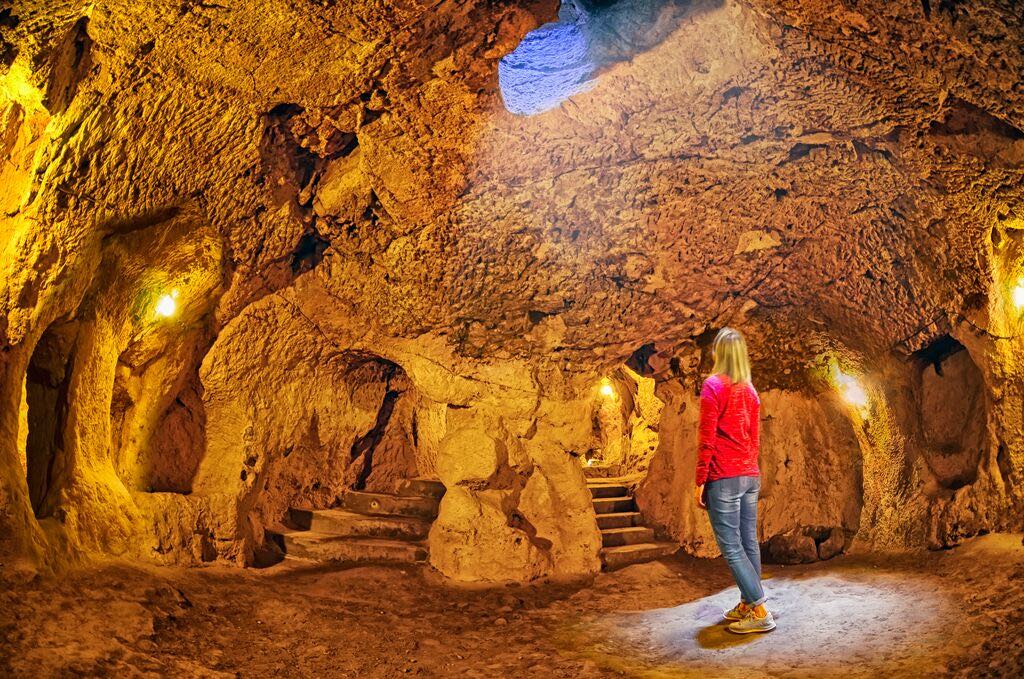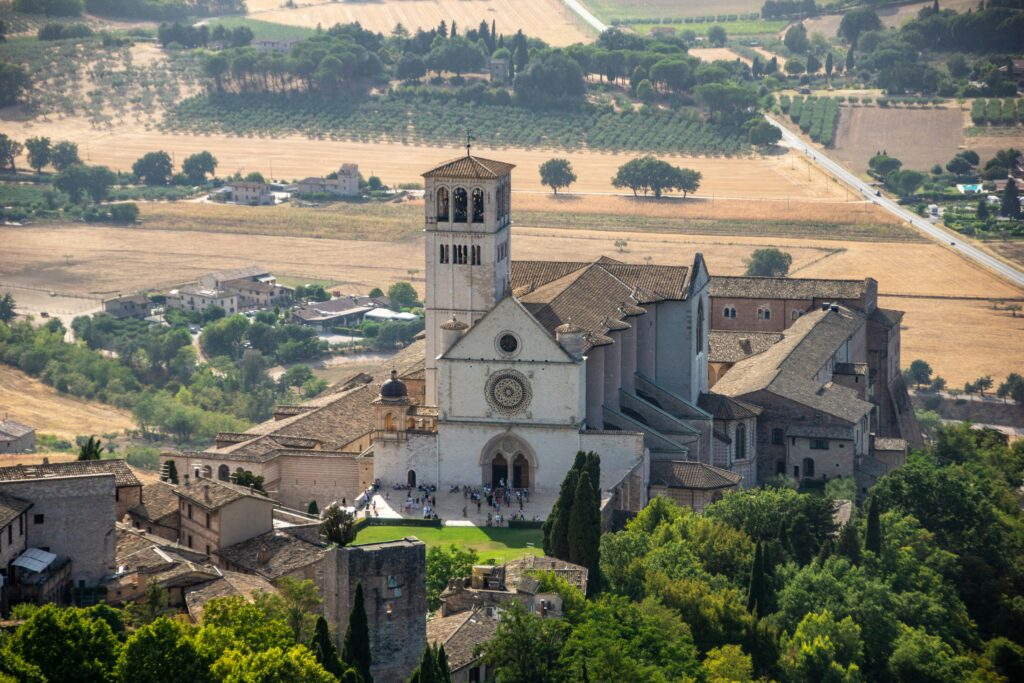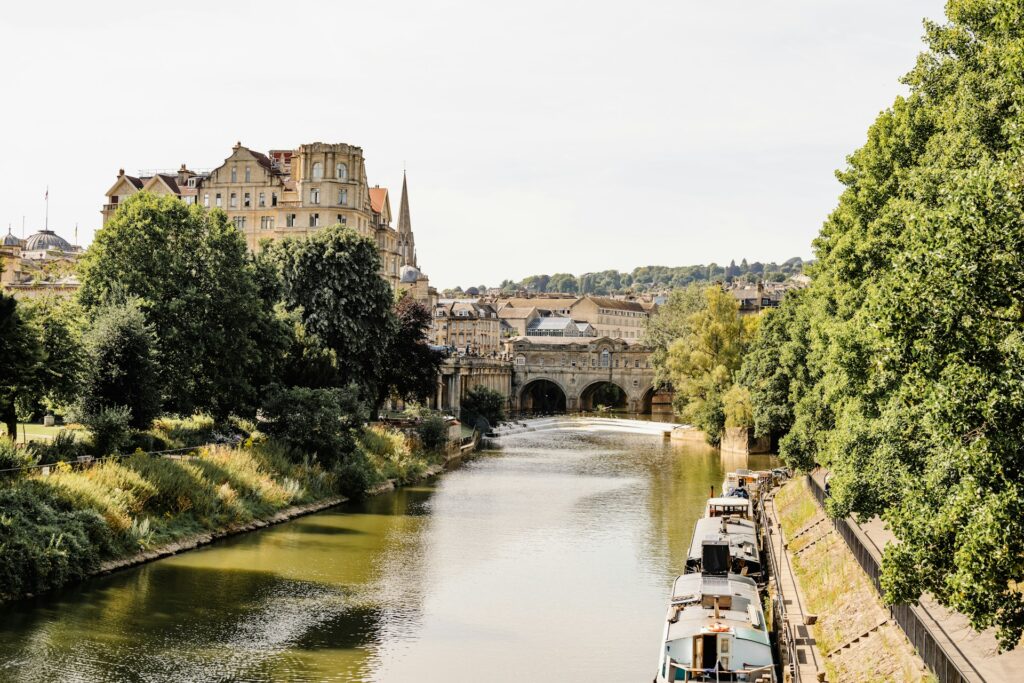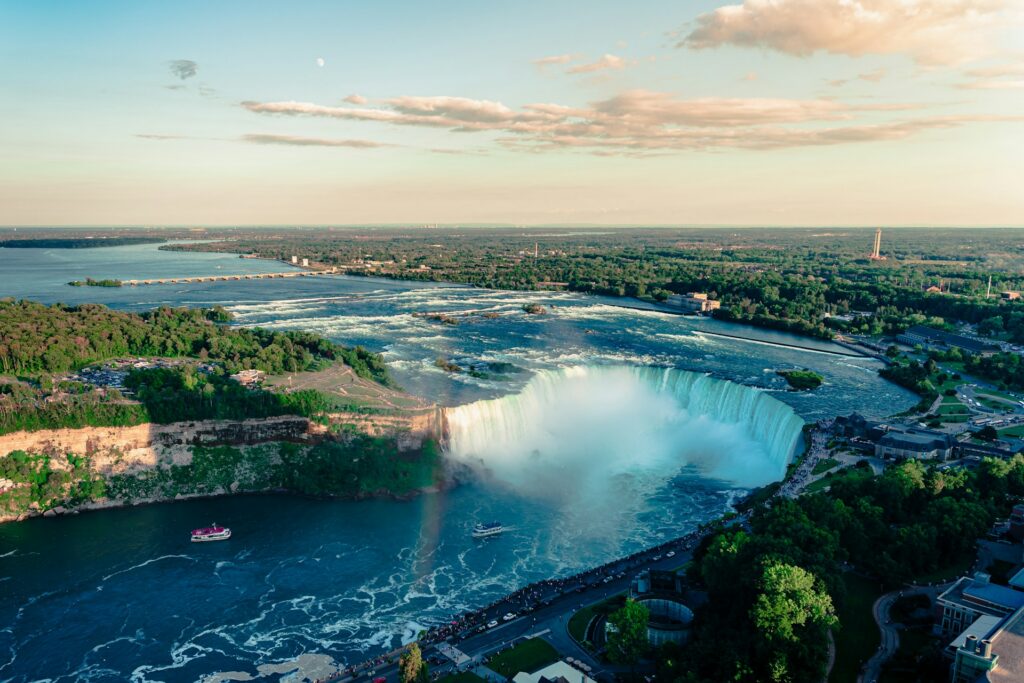Hidden cities, though they may be buried for centuries, have a timeless appeal. The stories of once-great civilizations litter the pages of history, but sometimes people lose track of their physical location, and spend endless amounts of time (and money) trying to find them again.
In recent years, elusive lost cities have been relocated thanks to aerial photography and laser mapping technology. Some hidden cities – like Atlantis – may never be found. That’s the exciting thing about history: there’s still so much more to discover. Here are the most interesting lost cities we’ve discovered so far…
Troy, Greece
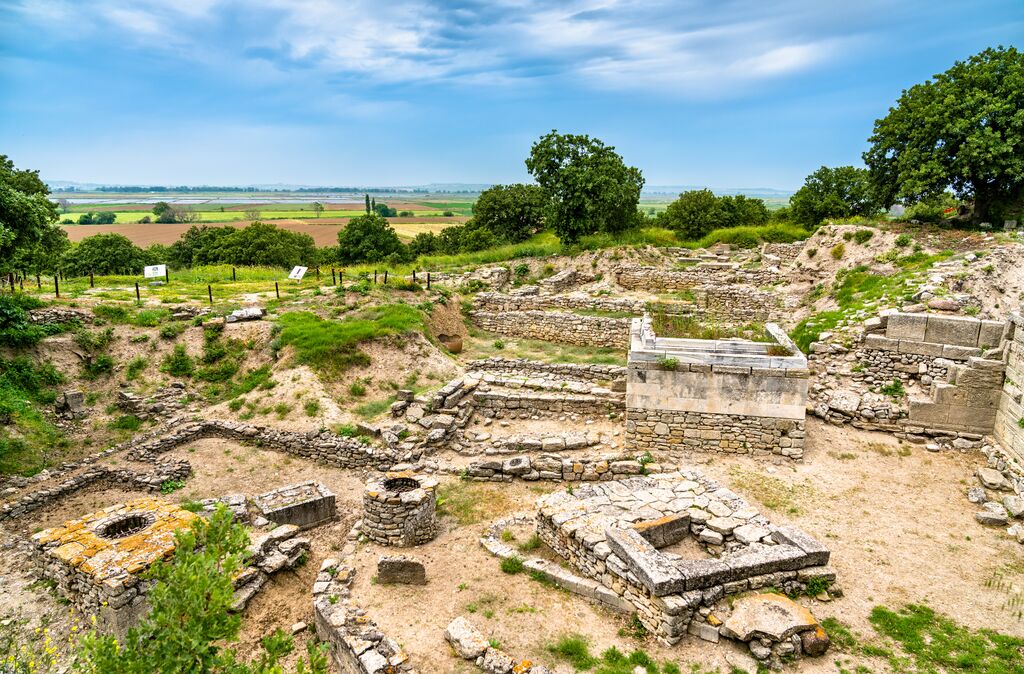
We all know the story of the Trojan Horse: a Homeric tale in which Greek soldiers slyly smuggle themselves into their enemy city after a cocksure prince of Troy kidnapped the beautiful Helen from her home in Greece.
What you might not know is that some historians believed Troy was simply a figment of Homer’s imagination, until an amateur archaeologist in the 1860s called Frank Calvert suggested he’d found the ancient city in a 32-foot mound in modern-day Çanakkale, Turkey.
Celebrity archaeologist Heinrich Schliemann dug at the risen earth, finding the remains of a citadel and a stash of fancy gold jewellery. However, the deeper he dug, the more layers he found: the lowest layer of Troy dates back to the Early Bronze Age in 3000 BC. Research continues today, led by Turkish archaeologists: a fabulous display at the Istanbul Archaeological Museum showcases the many layers of this long-lost city.
We think you’ll like: These history experiences will expand your knowledge of the ancient world
Derinkuyu, Turkey
Imagine doing some renovations on your house, then stumbling across a hidden city that was once home to 20,000 people. That’s what happened in 1963, when a Turkish man who kept losing his chickens to a hole in his wall decided to venture inside, discovering a dark room and a mysterious passageway. Archaeologists were called in, and it became apparent the poultry farmer lived above one of Cappadocia’s many undiscovered underground cities.
Derinkuyu was originally built around 1200 BC by the Hittites, but reached its peak almost 2,000 years later during the Byzantine period, when Greek-speaking Byzantines used it to hide from Arab and Mongol raids between the 8th and 14th centuries. A church, a school, a winery, food storage and even cattle stables were found behind rolling boulders that could only be moved from inside. In fact, the tunnels were used until the last Greeks were expelled from Turkey in 1923; in the space of 40 years, Derinkuyu was quickly forgotten about.
Discover the Byzantine monasteries of Meteora and more of Greece’s treasures on our tour
Akrotiri, Greece
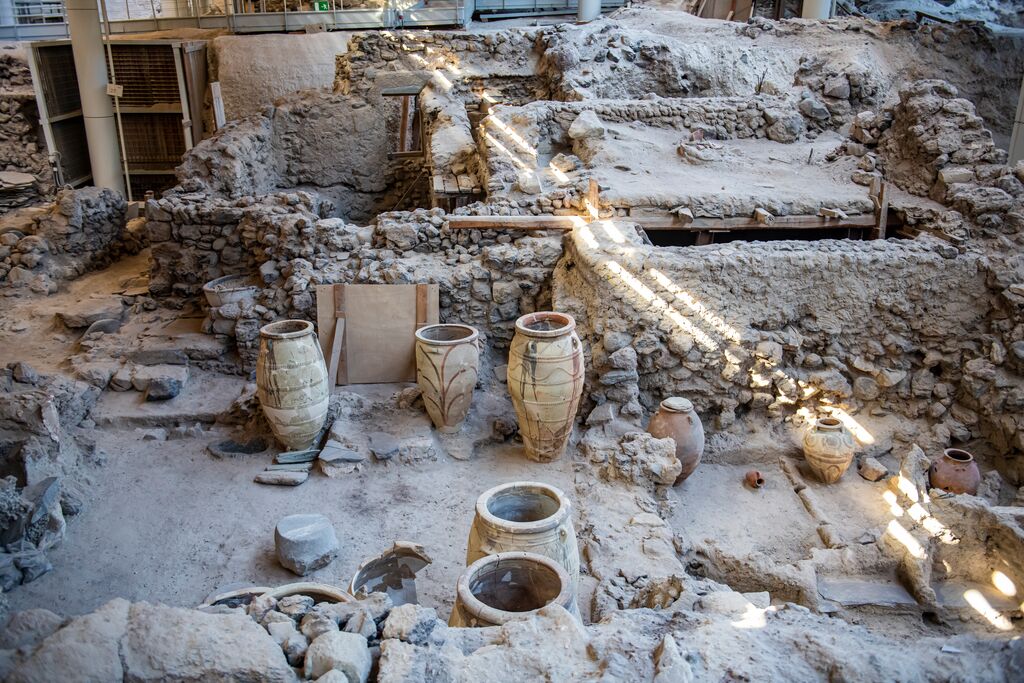
Santorini isn’t one of those hidden travel destinations, but Akrotiri was: the lost ancient city on its southern shore was buried under volcanic ash until 1967. Akrotiri is an intricate village dating as far back as the 4th millennium BC, filled with a patchwork of dry-stone houses and elegant Minoan urns. The people who lived here were lovers of beauty, crafting golden figurines, carving wooden tables and piecing together gloriously floral mosaics.
However, like Pompeii, Akrotiri was destroyed in the 16th century BC, when a massive volcanic eruption effectively levelled the entire island and caused catastrophic weather events throughout the world. Also like Pompeii, Akrotiri was rediscovered almost by accident: after some Santorini islanders discovered ancient artifacts in a local quarry, archaeologists picked up their tools and began to excavate.
Akrotiri is one of the best places to visit in Santorini, and certainly one of its most alluring: some believe Akrotiri’s dramatic demise was the inspiration for Atlantis.
Explore Pompeii, pizza and the Leaning Tower of Pisa on our stylish Best of Italy tour
Mohenjo-Daro, Pakistan
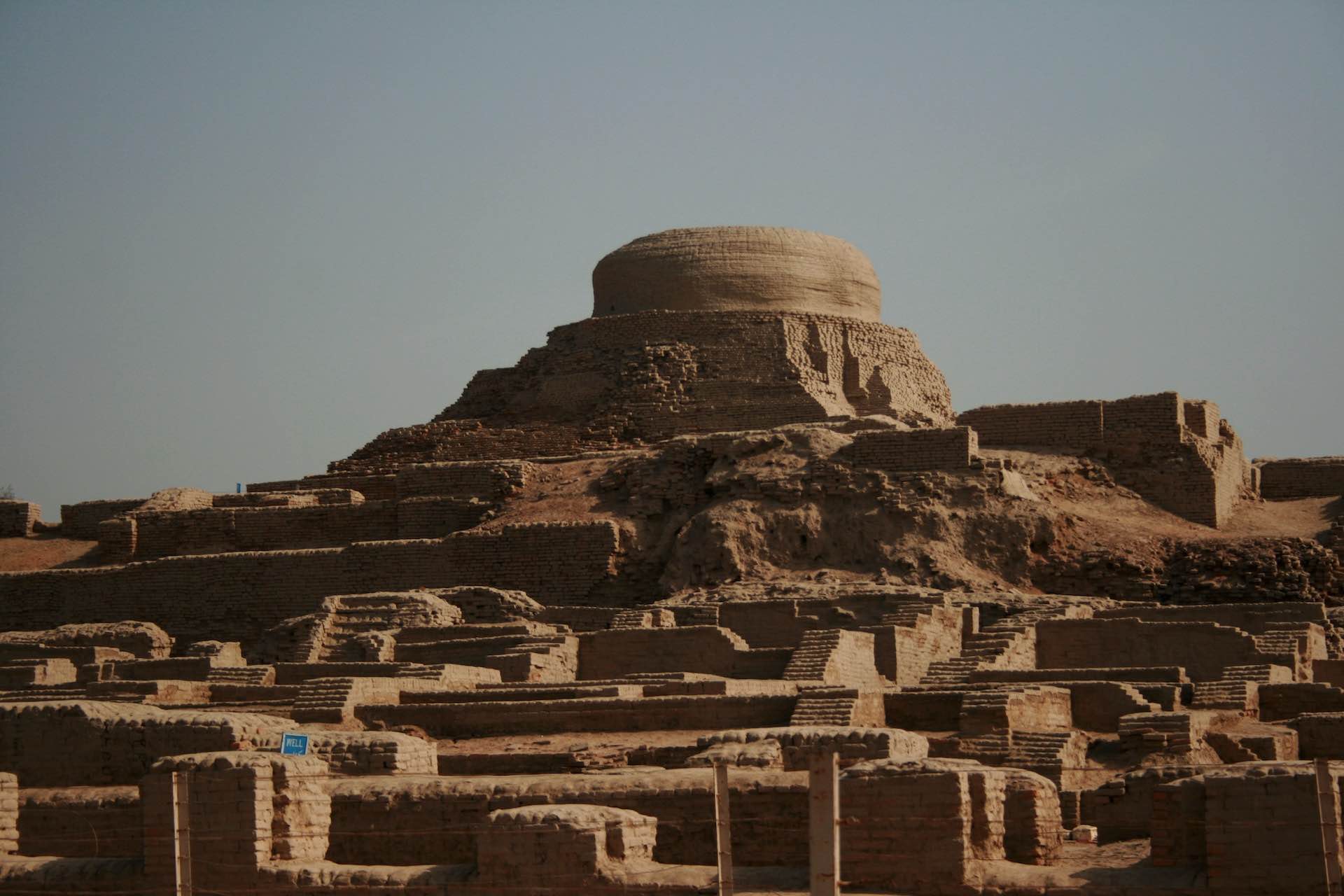
Although it was one of the oldest civilizations in history, surprisingly little remains of the Indus River civilization; we’ve only found two major cities, Harappa and Mohenjo-Daro, both in modern Pakistan.
Mohenjo-Daro was built in 2600 BC, and flourished for around 700 years. It was a spectacular settlement, with mud and fired brick buildings arranged in a grid pattern, encircling a fortified citadel. However, the citadel wasn’t just military: there were two huge assembly halls for spiritual and political purposes, a granary so Mohenjo-Daro’s residents could feast all year round, and a glittering public bath filled with emerald water (though most houses had their own bathrooms). Archaeologists were amazed by how advanced it was.
Mohenjo-Daro was abandoned circa 1900 BC, when climate change and potential flooding made agriculture difficult. The site was rediscovered in the 1920s and is now open to the public, but climate change poses a constant risk to the ancient buildings.
Save for later: The story behind why Jaipur is famously known as ‘The Pink City’
Vilcabamba, Peru
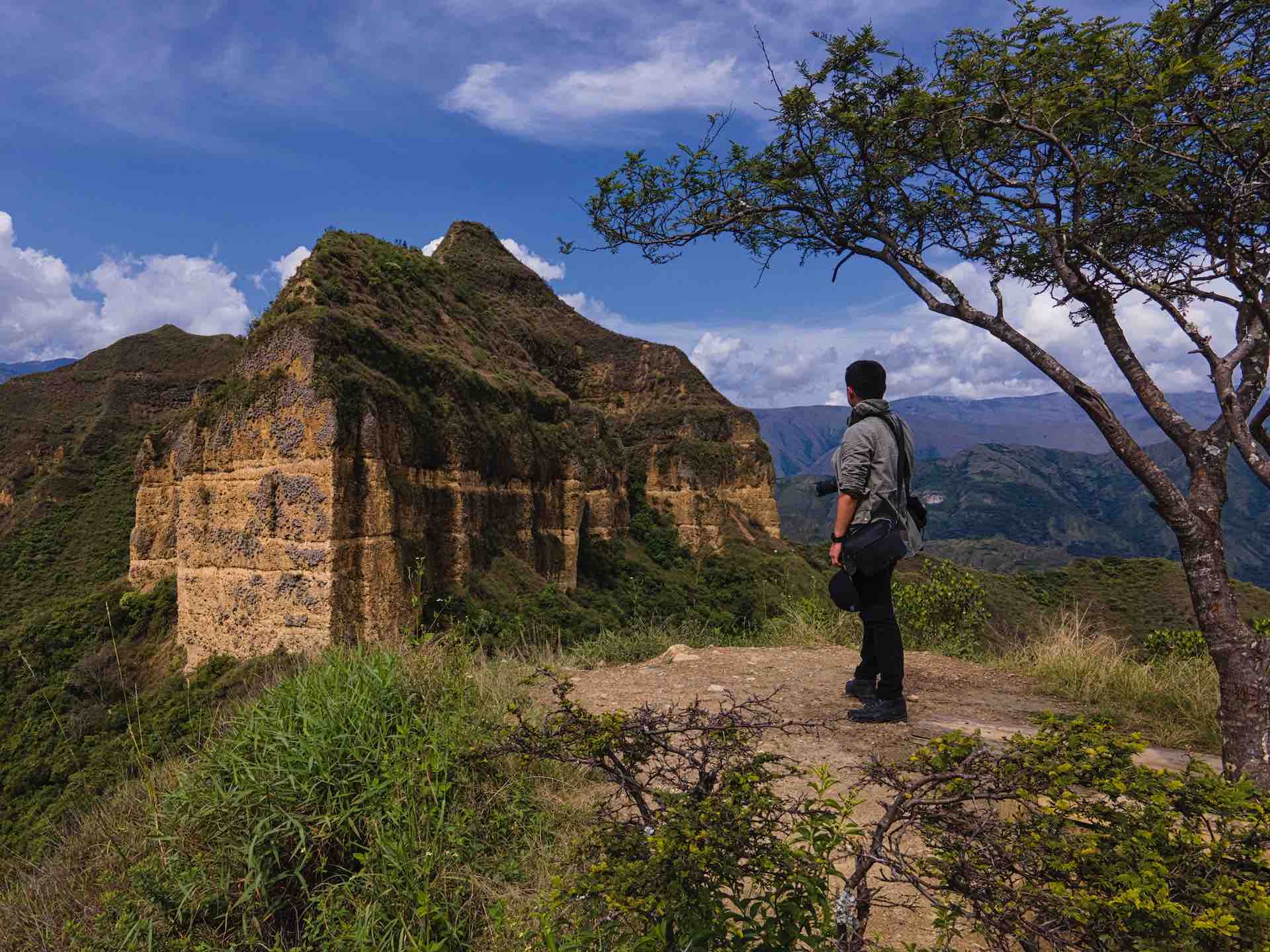
In the colorful Cuzco province of Peru lies the mysterious Inca lost city of Vilcabamba. After the Spanish invaded Peru in the mid-1530s, Vilcabamba became the last capital of the Inca Empire. Archaeological evidence suggests invading Spaniards set fire to the town, and after 1572, Vilcabamba lay abandoned.
When the American academic Hiram Bingham III discovered Machu Picchu in 1911, he mistook it for Vilcabamba. However, he also visited a site the local Peruvians called Espiritu Pampa, which in 1964 was actually identified as the semi-legendary Vilcabamba.
Vilcabamba is an incredible 15-hectare site filled with granite stone walls and buildings, terraces for growing fresh fruit and vegetables on and even some Inca temples showing Spanish influences – an unprecedented mixture of the two cultures.
Discover Cusco, Machu Picchu and more on our once-in-a-lifetime Peru trip
We think you’ll like: The fascinating history of Peru as an astronomical superpower
Choquequirao, Peru
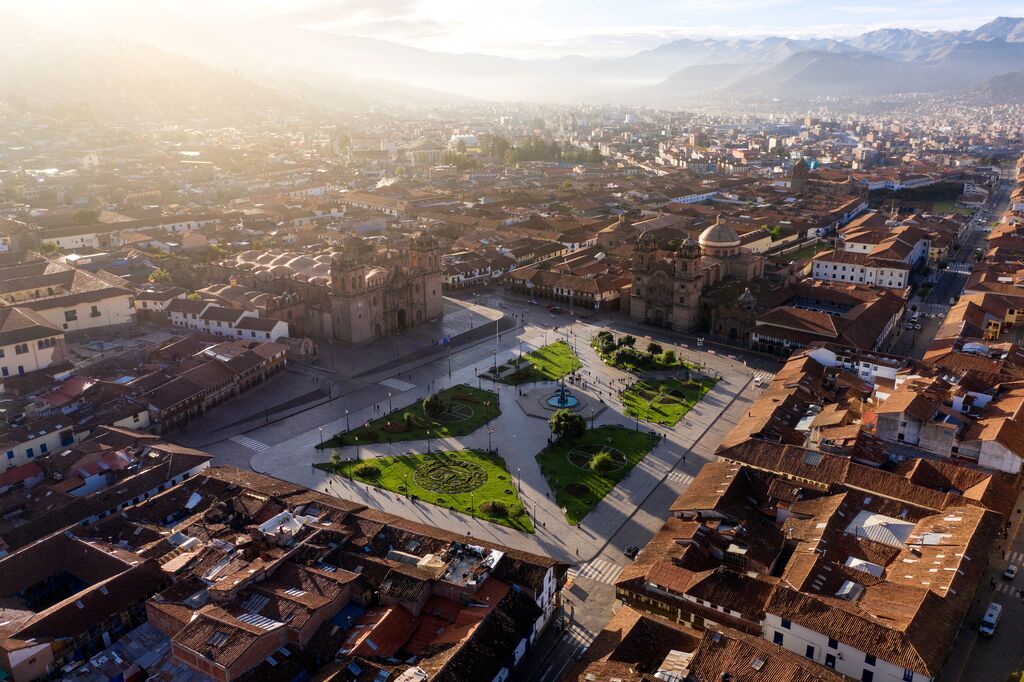
Meet the ‘other Machu Picchu’ – an Incan lost city in the sky, standing around 10,000 feet above sea level. Choquequirao was built sometime in the 15th century (around the same time as Machu Picchu) and thrived as an Inca center of life: its economy was based around the cultivation and distribution of the sacred coca leaf.
Like Vilcabamba, Choquequirao was lost after Peru’s colonization. It was rediscovered by a Spanish prospector in 1710, but flew under the radar as it contained no precious metal. Hiram Bingham III later visited the site in 1909 to see if it matched the description of Vilcabamba, but it’s now theorised that Choquequirao served as a checkpoint for people on their way to Vilcabamba.
Even today, Choquequirao’s amazing stepped ruins lie mostly undiscovered: only 40% of the site has been excavated, and only a handful of travellers visit per day, as this hidden tourist spot requires a (minimum) 4-day trek from Cusco.
We think you’ll also like: A Taste of the Past: Uncovering the Rich History of Mayan Cuisine
